Think fast!
You’re out searching for wildlife – your camera in hand – when you spot some critter you’ve always wanted to bag off in the distance. Sadly, you know that your lens is just not going to be quite long enough to get the shot you want on its own.
So, here’s the question – what’s going to give you the best-looking photo, slapping on a teleconverter or just cropping the non-teleconverter image to the same size back home on your computer?
Well, that’s a good question and one that comes up on a regular basis, both on internet forums and in the minds of photographers faced with the situation in the field.
The image below, I choose to crop instead of using a teleconverter. Was it a mistake? We’ll answer that at the end of the article 🙂
So, which way gives better results? Well, I decided to do a few tests that will (hopefully) put that question to bed.
For this test, I used the Nikon 300PF attached to a Nikon D810, D5, and D500. I choose the 300PF because it takes a teleconverter very well and I think it’s typical of what we would see with most quality lenses and 1.4 TCs.
Since the cropped shots are lower resolution, I had to downsize the teleconverter shots so we could compare. Also, note that I cropped to the same size as the teleconverter – a 1.4X crop, not the 1.5X DX or 1.6X APS-C crop. I currently only use the 1.4 TC, so I can’t compare other TCs.
Also, be sure to click the images below for a full-size version (they will open in a new tab). NOTE – when the image opens in a new tab, you may have to click it one more time for the full-size image.
Here’s the overall test scene:
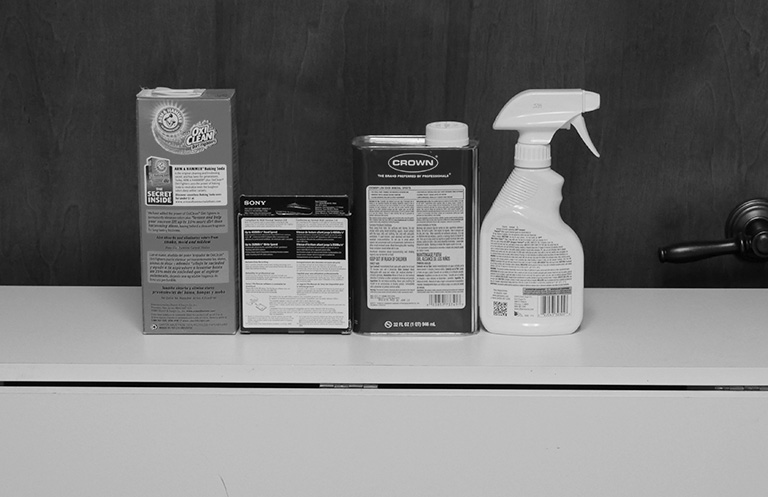
The results are as follows:
First, we have the D5. As you can see, the teleconverter shot has a lot more detail so a TC is definitely the way to go here.
Next we have the D810. In this case, it’s a bit closer, thanks in part I think to the lack of an AA filter on the sensor:
Finally, we have the D500, which is a crop camera to begin with. As you can see, similar results to what we saw with the D810.
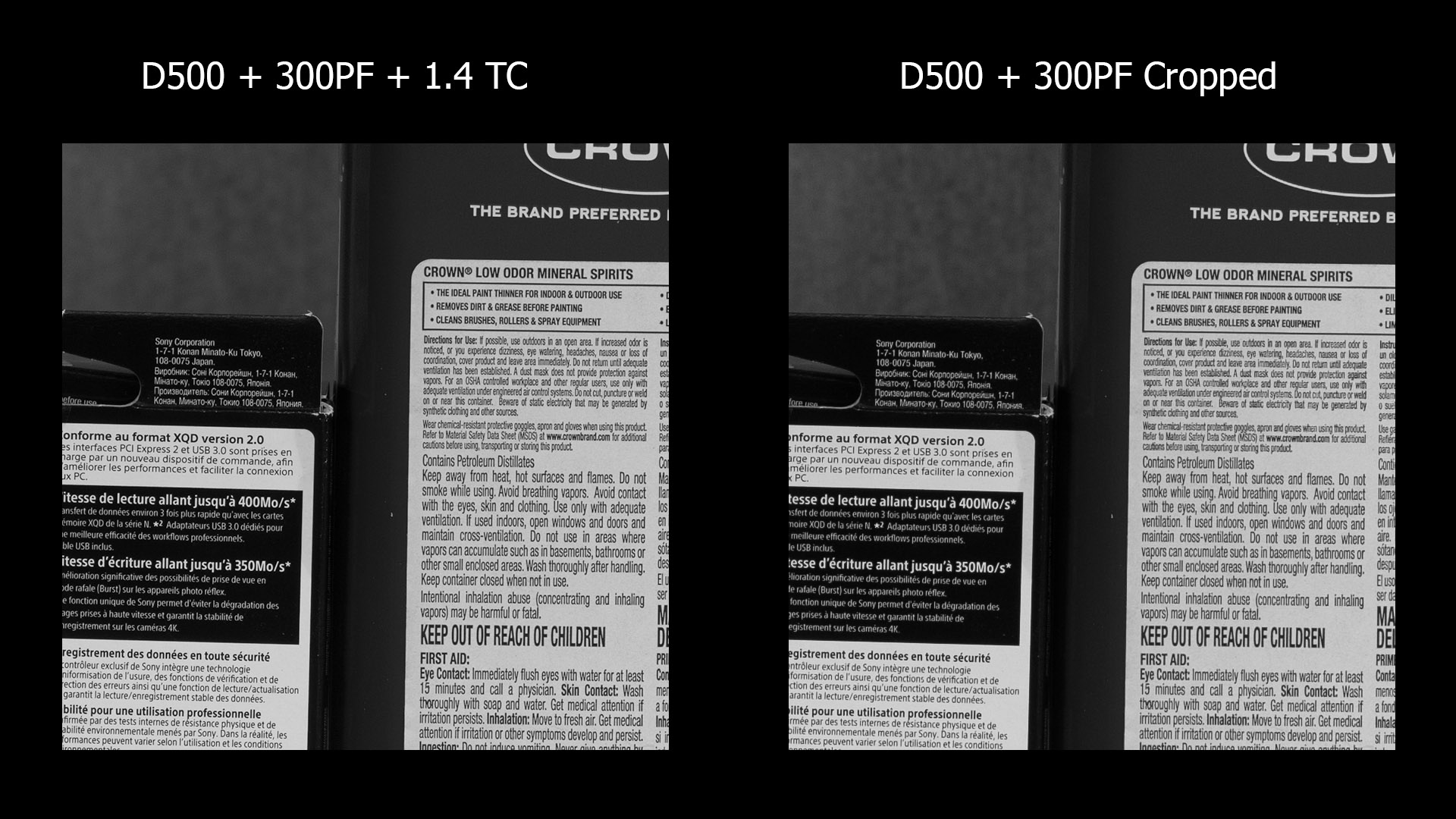
So, at least ostensibly, the bottom line here looks pretty simple when it comes to optical quality. When faced with a scenario where you have the choice of using a teleconverter or cropping, it would seem that your are generally better off using the teleconverter. In each and every test above, the overall amount of detail captured was greater with the teleconverter attached than not (to varying degrees). And in my experience this tends to hold true when dealing with good optics and teleconverters.
The grizzly shot below was with my 600mm and 1.4 teleconverter on a D4. I am very happy with the level of detail.
However…
Keep in mind that not all combinations are necessarily going to behave this way. There are a ton of variables at play here and there’s really no way to account for every one of them.
For instance, the 300PF is perfectly happy with a teleconverter strapped on, but not all lenses swing that way. Some lenses are better at taking a teleconverter; others see quality diminished to such an extent that cropping can actually be the better option. (My 200-400 was like that, it never liked my 1.4TC, although others have reported better results with that combo).
Another variable is the teleconverter itself. I’m using the Nikon 1.4TC III – one of the best teleconverters on the market. So, using a lesser optic may tighten the gap.
So, this isn’t as cut and dry as we’d like it to be.
However, I can give you this guideline. Over the years, I’ve found that big glass like the 200 F2, 300 2.8, 400 2.8, 500 F4, 600F4, etc can all take a teleconverter without too much complaining, especially those TCs of the 1.4 variety. When using those lenses, I generally tend to favor using the TC instead of cropping.
The image below was captured with the 300 PF and 1.4TC E III. Sharp as you’d ever want.
Zoom lenses, on the other hand, are a mixed bag. Some of them (like the 200-500) don’t seem to mind a 1.4TC coming along for the ride; other lenses don’t tolerate the TC it nearly as well. This is especially true when you mate a 3rd party converter with a slow F5.6 zoom. (There’s a reason Nikon and Canon TCs only work with certain lenses.)
So, in the end, I recommend testing your own combinations (and make sure to AF fine tune your lens and TC combos – they always seem to need it – I use LensAlign)
Of course, that said, other limitations come into play when using a teleconverter that you really need to consider.
1. You lose your ISO advantage
The first and most obvious issue with a teleconverter is that it costs you anywhere from 1 -2 stops in ISO (1 stop in the case of a 1.4TC, 2 stops in the case of a 2X). So, it’s a penalty that you’ll need to consider, especially if the light is getting low.
If adding a teleconverter would drop your shutter speed too much (and you’re not willing to go higher with ISO), it’s possible you’d be better off just cropping. After all, I’d prefer a cropped image that was sharp to a full frame image that was not.
2. Your AF sensors don’t work as well
Many shooters don’t realize this, but the simple fact is your AF sensors won’t work as well with a teleconverter attached. From an overall standpoint, the more light getting through your lens, the faster and more reliable those AF sensors are across the board. So, an F2.8 lens will have better AF performance than an F4 lens which is better than an F5.6, etc.
Besides, not all of your AF sensors are created equal. In many cameras, when you drop your maximum lens opening to something slower than F4, some or even all of your cross sensors revert to line sensors. This can make it harder to get an AF lock than without the teleconverter attached. Additionally, and again, depending on the camera and what effective F/Stop you end up with, some of your AF sensors may not work reliably at all.
For example, Nikon likes to boast about how their cameras can focus down to F8. However, that’s not for all the AF sensors. In fact, on the D5 / D500, only 15 of the 153 AF sensors support focusing at F8.
So, if you add a teleconverter and find you just can’t get an AF lock, then maybe cropping is the better option. (Hint – if you ever have a tough time getting an AF lock, try switching to the center AF point – it’s always the most sensitive).
For the image below, I left the TC in my pocket. The light was starting to fall and I needed all the shutter speed I could get. In addition, trying to catch these guys as they pop out of the water requres everything you can milk from your AF system. So, I decided that cropping would be a better choice than a teleconverter this time:
3. Your images will have lower contrast
Finally, using a teleconverter will tend to lower the contrast in your images when compared to images taken without one. However, it goes deeper than just the final image. This reduced contrast can also affect your autofocus since your camera uses areas of contrast to achieve focus. I also find teleconverters seem to make the lens more sensitive to things like heat and atmospheric distortion than when I use just the naked lens.
So, there you go. Not completely cut and dry however I can tell you what I do. As I hinted above, if I’m in a situation that comes down to a cropping or using a teleconverter, the vast majority of the time I’ll put on the teleconverter – with one exception. If I’m shooting full frame and happen to have my D500 (or another similar crop body) with me, I’ll switch to that instead. It will give me better overall image quality assuming the full frame camera is close in resolution – and I don’t have any of the teleconverter downsides mentioned above.
In fact, I did a video that examines the question of whether you’re better off using a full frame camera with a teleconverter or a crop camera. Check it out at the link below:
One final thought.
I find that many people like to think of a teleconverter as a way to pull really distant subjects into view – and then crop them heavily later on in post.
However, that tends to lead to disappointment since the lens with the teleconverter isn’t as sharp as the lens without the TC attached. Plus, when you have an animal at the kind of distance that requires both a teleconverter and a heavy crop, the air itself can start to soften your image (heat haze, atmospheric distortion etc).
For me, I like to think of a teleconverter as a way to tighten up a crop on an animal that’s already in decent range. I’m usually the happiest with the teleconverter shots if using the teleconverter makes it so I no longer need to crop at all, or if I do need to crop it’s minimal. I’m never happy with a teleconverter shot that also requires a heavy crop. The image below is one of the favorites on this site and was taken with a teleconverter to help him fill the frame a little more:
Oh, and what about that Reddish Egret at the beginning of this article? Was it a mistake to crop instead of using a teleconverter (since the TC image would have had more detail)? I don’t think so. I had low light with rain falling and the egret was dashing all over the place. So, I needed both shutter speed and AF speed. In the end, there’s never an easy answer – you have to keep a variety of techniques in mind and use what works best for the scene at hand.
So, there you have it. If you enjoyed this article, I think you’ll REALLY like my e-books, Secrets To Stunning Wildlife Photography and Secrets To The Nikon Autofocus System. They’re filled with hundreds of pages of information just like this. Check it out – click here (hey, it’s free to look 🙂 )

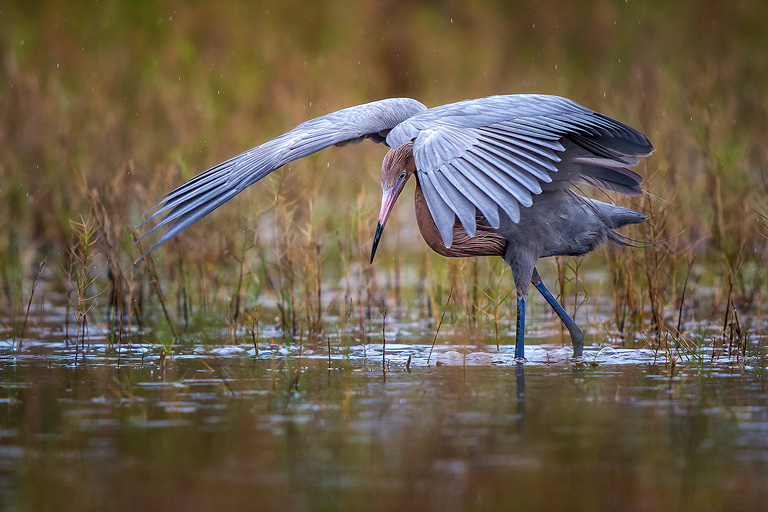
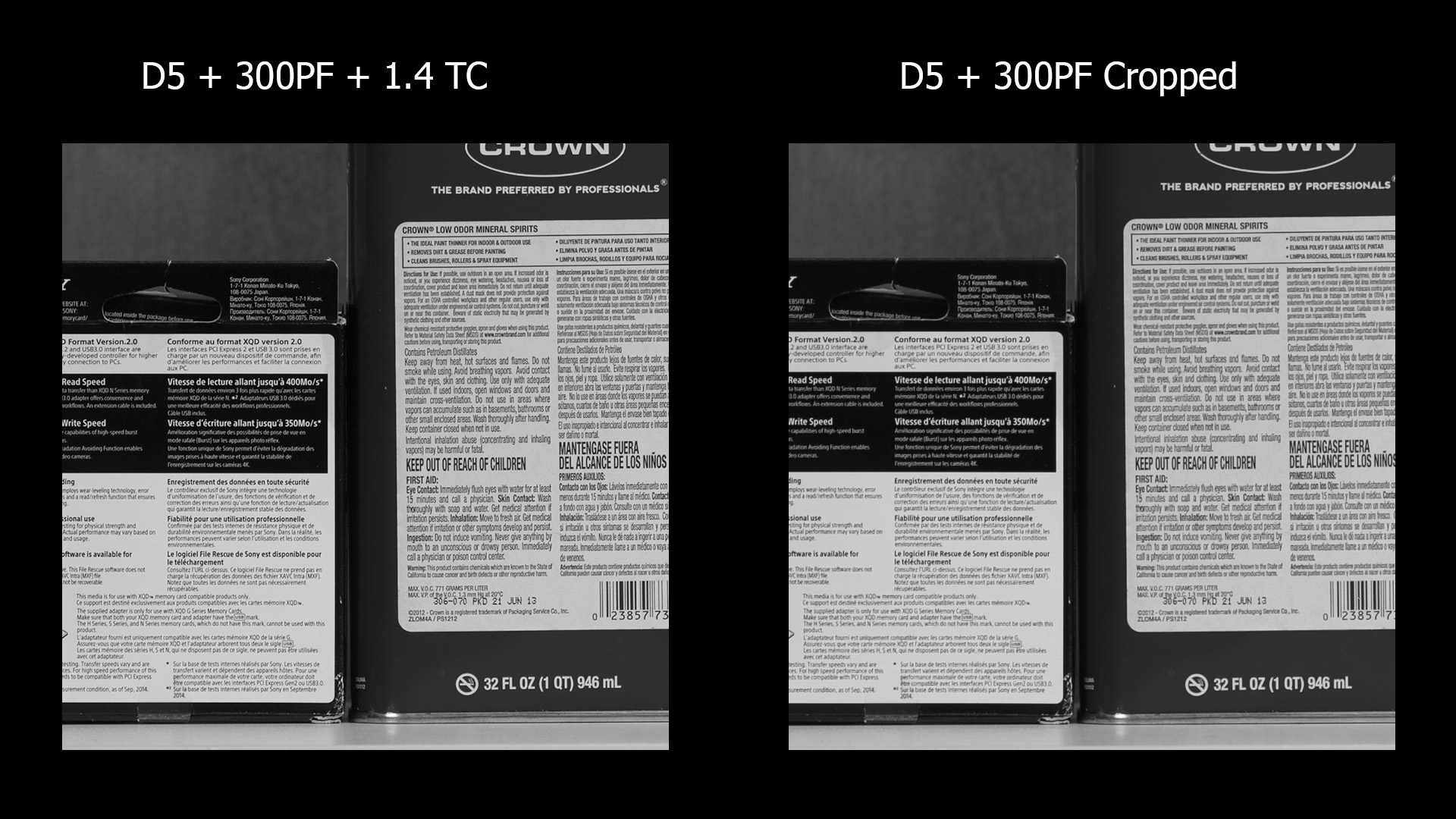
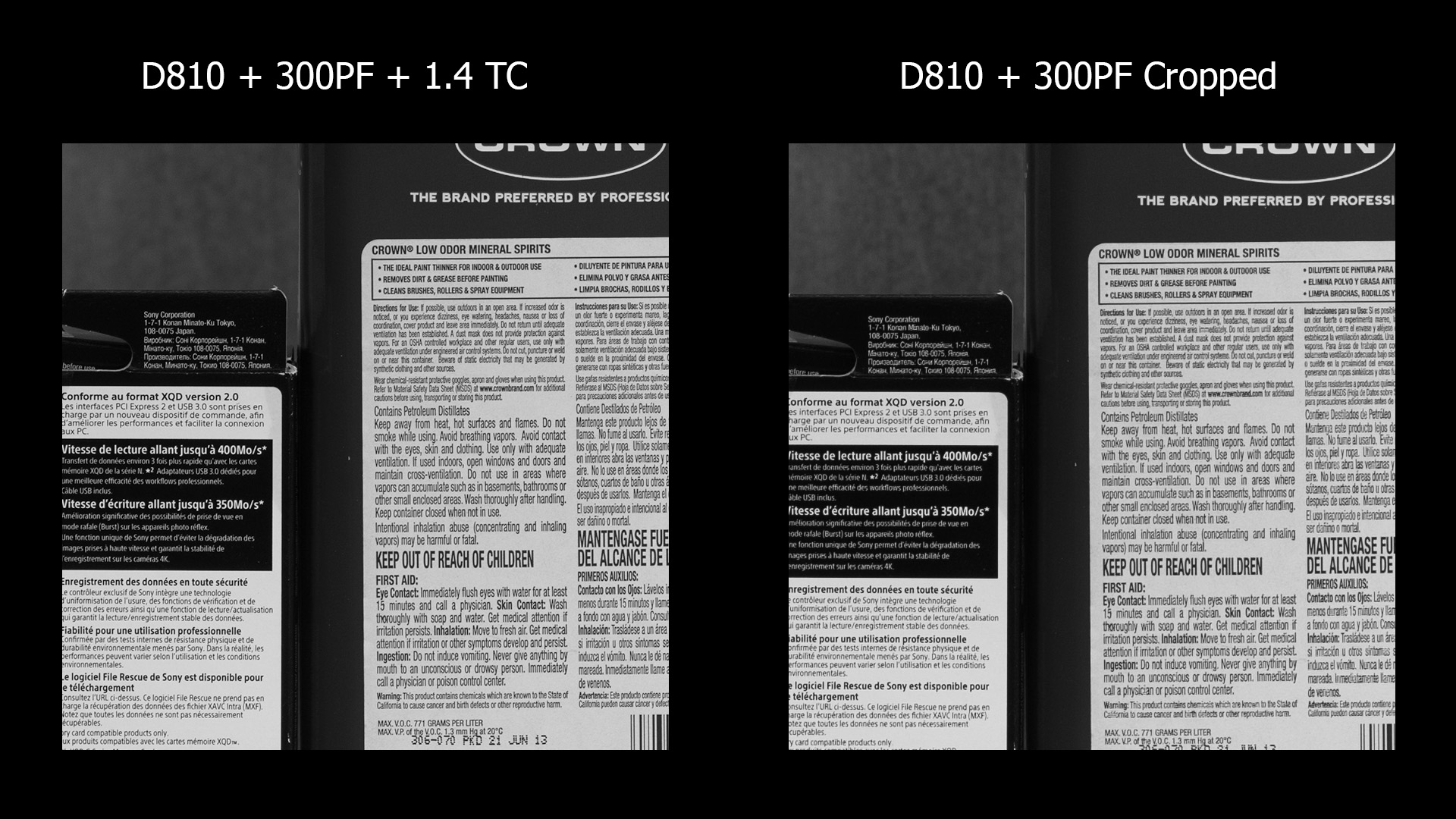
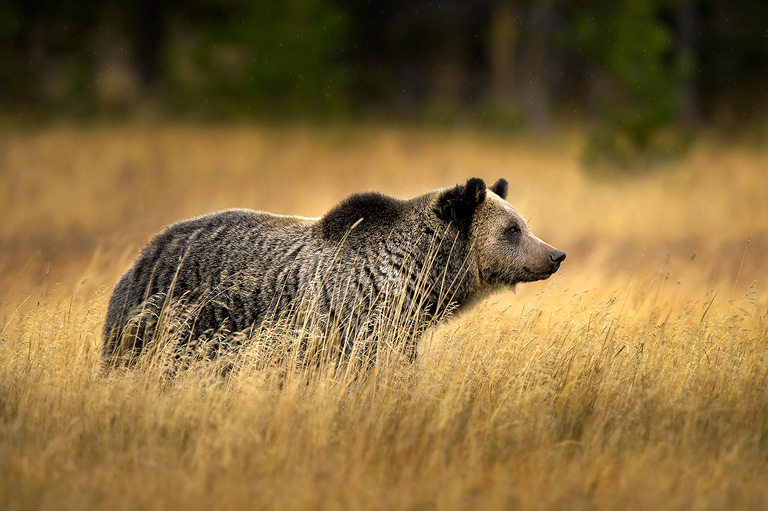
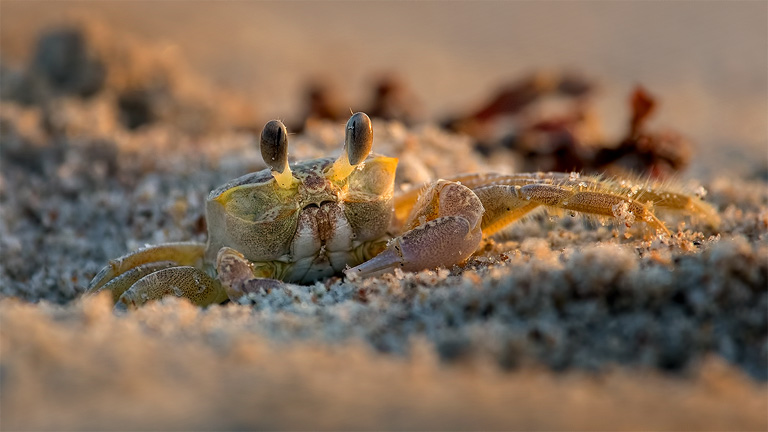
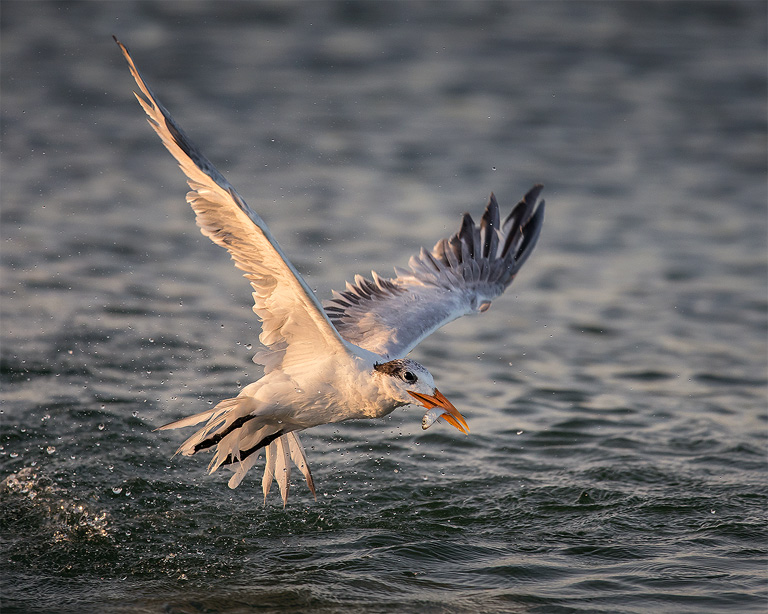
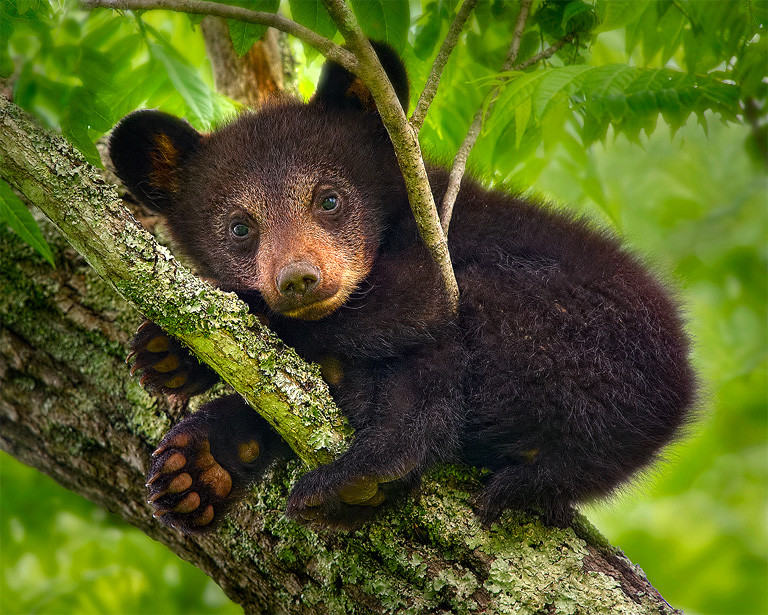

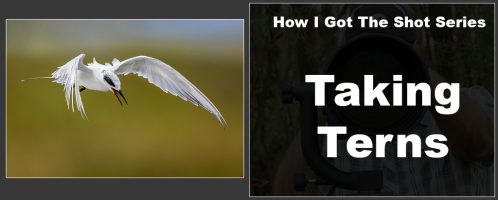
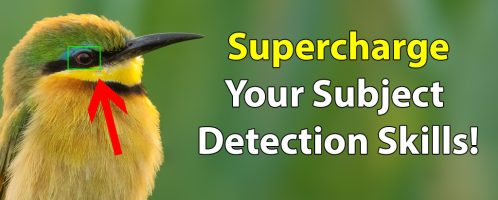
Good article Steve. Since most of my work has been in product photography, teleconverter has rarely been part of my crew.Since product shots usually involve controlled environments and don’t require the extreme reach that teleconverters provide (which are more suited for wildlife or sports photography), they might not always be necessary. However, if you need to capture fine details from a distance or work with small items where macro isn’t an option, they could be useful. It all depends on the type of products you’re shooting!
This blog post addresses a common dilemma in wildlife photography: whether to use a teleconverter or crop the image when capturing distant subjects. The author conducted tests with different cameras and lenses to provide insights. The results generally favor teleconverters for better image quality but with some caveats. Factors like lens compatibility and the quality of the teleconverter can influence the decision. The author emphasizes the need for individual testing to determine the best approach. In summary, the post advises photographers to use teleconverters in situations where cropping can be minimal but warns against over-reliance on teleconverters for heavily cropped… Read more »
A teleconverter is an optical device that attaches between a camera body and a lens to increase the focal length of the lens. By doing so, it effectively magnifies the image and brings distant subjects closer, making it a useful tool for wildlife and sports photography. However, teleconverters also have some drawbacks. They reduce the amount of light entering the lens, which can impact autofocus performance and require a longer exposure time. They can also decrease the image quality, especially at the edges of the frame. When a teleconverter is used with a cropped sensor camera, it further magnifies the… Read more »
I agree that it’s a tough decision to make on the spot like that. For me, I usually opt for the teleconverter to get the shot that I want, since it gives me a better chance of getting the full image I’m looking for in the moment, rather than relying on how the image looks once I crop it at home. Especially since many digital cameras don’t offer a great way to preview your image after cropping and you have to crop it manually.
Check Out the beauty retouching service
A teleconverter is an optical device that attaches between a camera body and a lens to increase the focal length of the lens. By doing so, it effectively magnifies the image and brings distant subjects closer, making it a useful tool for wildlife and sports photography. However, teleconverters also have some drawbacks. They reduce the amount of light entering the lens, which can impact autofocus performance and require a longer exposure time. They can also decrease the image quality, especially at the edges of the frame. When a teleconverter is used with a cropped sensor camera, it further magnifies the… Read more »
Wow, these photos are really amazing to watch. Also like to thank you for sharing such content with us. I hope this will help us a lot. I personally appreciate to read such kind of blogs. It’s really an informative blog. Thank you again.
Very helpful discussion.
Would your tests, differences, and conclusions be the same on mirrorless cameras such as the Z6, Z7, and Z9 ???
You’ve done a great job of balancing your opinion about both options, which is really important for the reader to find out. I love that you also provided some tests for each option!
Thank you, Steve! Awesomely helpful – thanks for sharing;-)
Amazing tips. Thanks for sharing the information.
Thank you for sharing your experience 🙂
I really appreciate reading such kinds of blogs. Thanks for sharing such informative articles.
“I had low light with rain falling and the egret was dashing all over the place.” Your special circumstances hardly answers the question whether cropping gives the same quality as a teleconverter.
If you read the whole article, you will understand that TC is generally better than crop. However, if the TC drives you into other limitations, such as lower light, worse AF performance, higher isos (into noise), lower contrast or color accuracy, or too slow of a shutter, then perhaps not. It’s clear that the first photo was probably into those conditions, where cropping may have been better. Without actual comparison, it’s not possible to say with scientific certainty. That’s where Steve’s long and successful career make his judgement a factor in deciding what to do.
Wow, pretty cool tips. I really appreciate your post. I definitely visit this blog again
Bonjour et merci pour vos remarques.
Je me pose quelques questions.
– Le calibrage de l’objectif et du TC 1.4 réunis peuvent certainement faire une petite différence ?!
– J’utilise Un D750 et monter dans les ISO ne me pose pas de problèmes .
– Post traitement avec DXO 4 permets de résoudre beaucoup de problèmes .
Cordialement. Merci pour vos formations pertinentes.
Bonne Année et mes meilleurs vœux 2021
I really enjoy looking at on this web site, it contains wonderful content. “And all the winds go sighing, For sweet things dying. Thanks!!
many many thanks. I have learned so much from your blog. keep up the good work
it is a informative article. thanks for sharing knowledge. really amazing tutorial
Thank you for what you share. I already know how to take good pictures. It really is more than lifting the camera and taking a picture
Thanks for sharing this informative article. I have learned so much from your blog. keep up the good work.
Hi sir,
Your article is very good.I really Like your Post.Many Many Thanks sharing your good knowledge.Keep it enjoy this work.
This is a very nice article. I have read your full article, and I have got a lot of enjoying. Thanks for sharing your nice article with us. We provide high-quality all kinds of photo editing services at a competitive price from Clipping Expert Asia. That helps to increase your e-commerce business. Because, our services are very clean and powerful, as photo retouching service, product photo editing service, color correction service, image masking service, and image manipulation service, remove background from image, clipping path service. If you want to get a high-quality photo editing service at a competitive price from… Read more »
Thanks Steve for this insightful article. This very question (TC vs Cropping) pops up quite often when photographing birds at sunset / twilight. Some birds are too shy so getting closer is not an option. So far I have been cropping, but I am considering the TC 1.4 E III. I just wanted to know if at F8 (when coupled with the 200-500 mm zoom lens on a D7500) the high ISO can be tolerated without having a grainy picture. Thanks and regards.
Excellent article, Its really wonderful post, Thanks for sharing your article.
I am fortunate to live in a rural part of South Africa and have a nature reserve on my doorstep that is famous for the variety of bird life present. The big game reserves are also not far away. I shoot with a Nikon D7200 and Nikon 200-500. For most of the birds I end up cropping lot, animals not so much. Am considering buying a Nikon 1.4 teleconverter. Other birder/photographers in my area are Canon users. One always shoots with a TC while the other never uses one. What is your opinion on a TC with my gear.? I… Read more »
Is it correct that a 1.4 TC on a lens with F/6.3 @ full zoom will not autofocus? If Nikon cameras like d7200 or d750 will only auto focus at F/8 or larger why doesn’t tamron & sigma make their telephoto lens with no more than F/5.6 instead of the F/6.3 which will cause the aperture to be over F/8 when putting on a 1.4 TC? I understand it would cost more, but why do they then make a TC for the lens that won’t auto focus at the maximum zoom where you want to use it? Can you tell… Read more »
Well, you can always manually focus. There are obvious tradeoffs between maximum aperture and weight and cost. Moreover, LiveView and the mirror cameras can autofocus at smaller apertures using the contrast computations instead of phase sensors. The Nikon 800 6.3 Z is 6k 5.2 lbs and the equivalent 600+1.4TC is 15k at 7.2 lbs or 16k for the 800 5.6 at 10.1 lbs for a DSLR, all for 1/3 or a stop. Today, with the much better sensors, it seems acceptable for the smaller maximum apertures. Remember, the old reason for big glass was film that topped out at iso… Read more »
Thanks for the info. I am getting ready for a trip to Katmia , AK in July and trying decide between 200-500 with the 1.4 teleconverter or taking a 500 f4. (note still reading your ebooks on Nikon systems) Any input Thanks
[…] the way, I’ve had questions about using a TC vs cropping – see this article for why a TC is usually […]
really amazing tutorials, I love it,thanks for sharing!!
[…] Use A Teleconverter Or Crop The Image? […]
Awesome tips for the teleconverter crop image.Thank you for share your tutorials.
I have a D7100 and a 1.4X TC. Since the D7100 offers a 1.3x crop mode which does not introduce “extra glass” or impact f-stop by 1 stop, would it not be better to use the crop mode instead of the TC?
And yet another excellent evaluation! Thank you and keep them coming!
Very good the post and posting the blog.Valuable and excellent post about photography and image editing.lots of great information and ideas. I just would like to say thanks for your great efforts. Looking forward to reading more.
Steve, I just purchased both of your books so if my question is answered there, just let me know. I have the D810 and the D500. Using the same lens, Tam 150-600 G2, if I crop the D810 to match D500 (no TC) should I expect same image quality? I love the reach and focus of D500 and I love the mg pxl and dynamic range of the D810. Your thoughts?
Thanks.
I cannot believe it. Good sense, rationality and balance …. on an Internet seemingly full of nothing but semi-religious fanboys, equipment geeks and pixel peepers
Thanks 🙂
I have a D850 And a 200-500mm Nikkor lens…I am curious if you have thoughts on using a TC or switching the D850 to DX mode and shooting
Hi Steve, firstly i would like to say a very comprehensive and entertaining article. Taking into consideration that a 400mm f2.8 (for example) on an 1.5x crop sensor would have an effective FOV as a 600mm lens but would also have an effective aperture of f4 with an ISO degradation of approx 1 stop (or conversely 1 stop slower Shutter time) it would make it almost the same settings as the FF sensor with a TC. Now to the question that has been bugging me and i cannot find an answer to anywhere: Does adding a TC actually increase the… Read more »
very effective post for photographer ……………..Thanks Richard. Hope u will share more post on this blog
Thanks Richard. Hope you will share more post.
I think the photographer is a wildlife lover, for this reason he can take the nice shoot of this pictures. It’s beautiful photo photo for wildlife and nature.
Just beautiful to see this post and informative also feeling glad after seeing your nice posting . Keep continue sharing such post . You are well-done for sharing . Keep up it .
I see you don’t monetize your blog, don’t waste your traffic, you can earn additional bucks every month because you’ve got high quality content.
If you want to know how to make extra money,
search for: best adsense alternative Wrastain’s tools
(I pressed enter by mistake before I finished my previous comment 🙂 I print big panoramas like 10 feet wide. Will I loose too much detail with 1.7x TC considering I can add contrast and detail to some extent in post processing.
Hi Steve, can you answer this: my subjects are giant buildings, not tiny animals. New York City to be specific. I have D810 and 200-500mm. I have no concern of f-stop or ISO concern cause I’ll have it on a tripod and I can use any shutter speed I can with enough light available. I want to use TC for some situations where I take photo from as far as 10 miles. I need to reach as much as I can to have big enough image for my big paniramao
Mind blowing article. Gather lot of information from your article. Hope it will help me to enrich me. Thanks for sharing the awesome post.
I have to say, Steve has an excellent ability to make the complicated simple and easy to understand. I recently purchased “Secrets To The Nikon Auto Focus System” and it’s the best and most detailed step by step instructional info I have read. I truly enjoy all your work. I would also love to purchase a book / video (Video preferred) on your wildlife editing tips. Your photos have such an amazing vibrancy to them. Even though I’m positive they are excellent captures even before you do any editing!
Hi Steve Perry. It is an outstanding post.i am also like bird photography.
Hi Steve Perry. I was reading your post carefully. It is an excellent post. And I must say that your photo collection is very good. Which camera have you used for this?
Steve, just joined the forum and to see you article first,very informative. I normally use a D200 and the D810 with swapping lenses when safe mostly 70-200F2.8, 24-120F4, 18/24-300 lenses.Can you post some ideas on the upcoming solar eclipse. Mahalo.